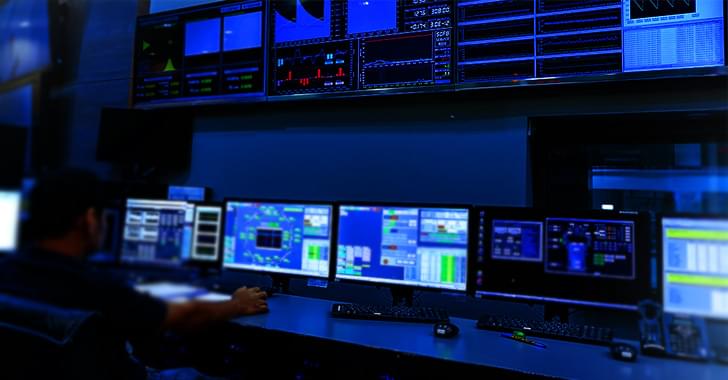Researchers detail a new malware campaign by Pakistani hackers targeting Indian government organizations, revealing their new tools and techniques.



The U.S. Cybersecurity and Infrastructure Security Agency (CISA) has published three Industrial Control Systems (ICS) advisories about multiple vulnerabilities in software from ETIC Telecom, Nokia, and Delta Industrial Automation.
Prominent among them is a set of three flaws affecting ETIC Telecom’s Remote Access Server (RAS), which “could allow an attacker to obtain sensitive information and compromise the vulnerable device and other connected machines,” CISA said.

A 3D-printed device in a tank of water braids nanowires and moves microparticles.
New antennae to access higher and higher frequency ranges will be needed for the next generation of phones and wireless devices. One way to make antennae that work at tens of gigahertz — the frequencies needed for 5G and higher devices — is to braid filaments about 1 micrometer in diameter. However, today’s industrial fabrication techniques won’t work on fibers that small.
“It was a shout-out-loud-in-joy moment when — on our first try — we crossed two fibers using only a piece of plastic, a water tank, and a stage that moves up and down.” —

Other proteins work as well meaning the process can be scaled without interfering with food supplies.
Researchers at Princeton Engineering have found that egg whites can be used to cheaply remove salt and microplastics from seawater, according to a press release by the institution published on Thursday.
The scientists used the food substance to create an aerogel, a lightweight and porous material that can be used in many types of applications, including water filtration, energy storage, and sound and thermal insulation.
Princeton scientists discovered that egg whites can create a filtration process that requires only gravity to operate and wastes no water. They are now looking for other uses for the substance.
Teleportation became a bit more real on Saturday when a German team of data scientists and engineers won the ANA Avatar XPRIZE competition in Long Beach, California, with a four-wheeled, humanoid robot named NimbRo.
But in this form of teleportation, rather than transporting a human to a remote location, vision, hearing, and a sense of touch were wirelessly transmitted from a humanoid robot to a remote human operator who then directed the robot to complete a series of complex tasks.
“Telepresence and avatar technology will be an essential part of human progress in the decades to come,” said David Locke, ANA Avatar XPRIZE’s executive director said in a statement following the conclusion of the four-year competition.

‘These structures provide an unprecedented view into the breadth and diversity of nature,’ say the researchers.
In a world first, Meta’s artificial intelligence (AI) has produced the structures of the metagenomic world at the scale of hundreds of millions of proteins, according to a blog by the company published on Tuesday.
“Proteins are complex and dynamic molecules, encoded by our genes, that are responsible for many of the varied and fundamental processes of life. They have an astounding range of roles in biology,” wrote the Meta research team who also published a paper on the matter in the preprint database bioRxiv.
It is common knowledge that a vast number of proteins exist beyond the ones that have been catalogued and annotated in well-studied organisms and now these proteins are coming to the surface.


One of the oldest stars in the Milky Way has been located by astronomers from the University of Warwick.
The oldest rocky and icy planetary system identified is from the oldest white dwarf star in our galaxy and is accreting debris from circling planetesimals, according to a new study published in Monthly Notices of the Royal Astronomical Society on Saturday.

It’s a small comparison percentage, however, it matters.
The big idea.
Simonkr/iStock.
I’m a computer scientist who uses AI to study social science questions. In collaboration with student AI researchers from Carnegie Mellon University, we developed AI methods that reliably distinguish intrusive and unfriendly interruptions from those that are benign. Intrusive interruptions aim to take over a conversation or stifle the speaker, and benign interruptions aim to support the speaker with helpful information or indications of agreement.